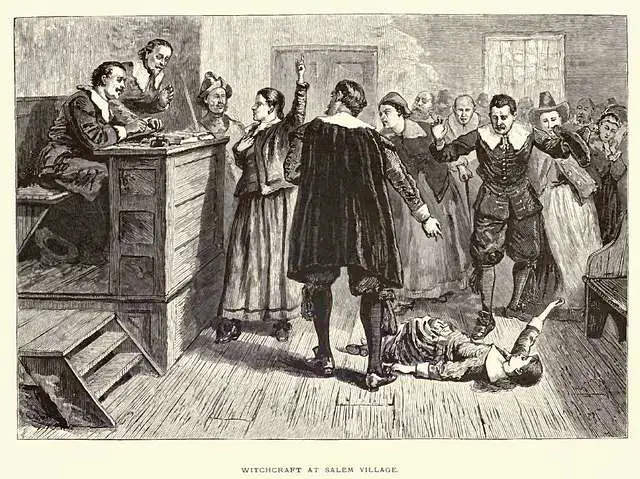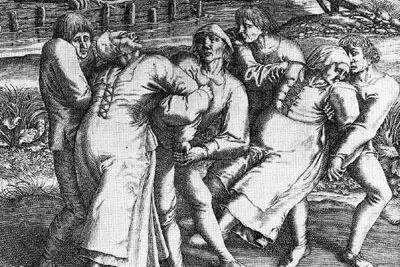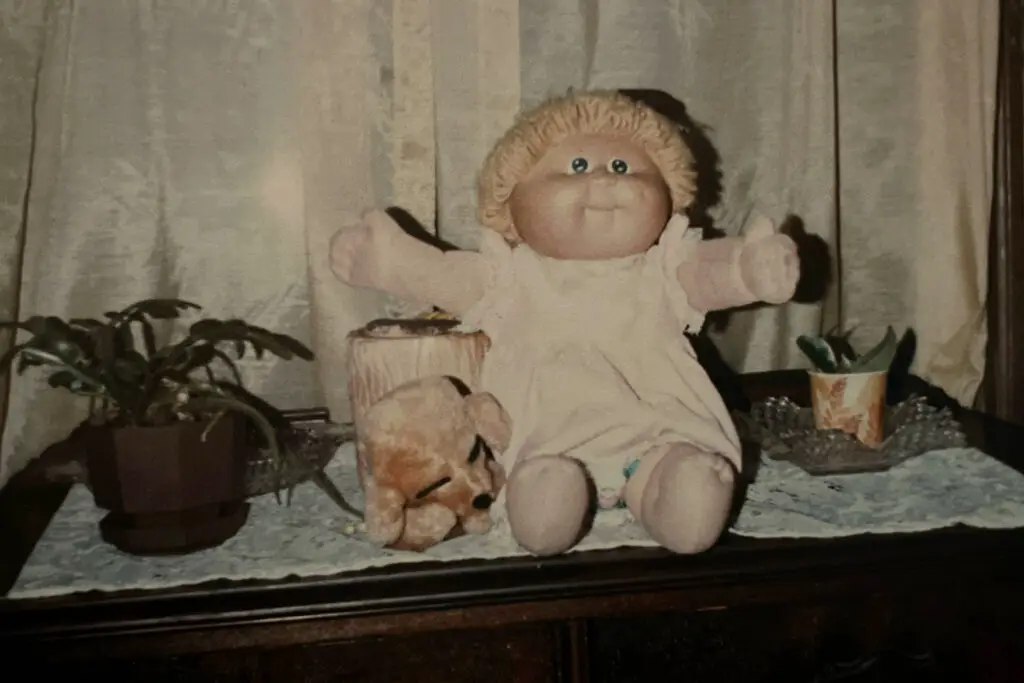1. The Great Tulip Mania of 1637

In 1637, the people of the Netherlands became obsessed with tulips, creating a market frenzy that bordered on madness. Prices for rare tulip bulbs skyrocketed to astronomical levels, with some selling for more than a house. The obsession was so widespread that even the most ordinary people started speculating on the flowers as though they were stocks, hoping to make a quick profit. It became a national sensation, with whole towns investing in tulips, believing they were the next big thing.
However, as quickly as it had started, the tulip craze collapsed. The market crashed, and many were left with nothing but worthless bulbs. The collective irrationality of an entire nation, captivated by a simple flower, is a reminder of how quickly people can be swept up in the allure of something that seems too good to be true.
2. The Salem Witch Trials

In 1692, the small Puritan town of Salem, Massachusetts, became engulfed in a panic that led to the infamous witch trials. It all started when a group of young girls claimed they were being possessed by witches, sparking widespread fear. As rumors and accusations spread, neighbors turned on each other, leading to the trial and execution of 20 people, most of them women. The town’s entire community was swept up in a collective hysteria, with many people agreeing that the supernatural had infiltrated their midst.
The town’s residents allowed fear to cloud their judgment, with no real evidence to back up the accusations. What followed was one of the darkest chapters in American history, where rational thought was abandoned in favor of mass paranoia. The town of Salem became a cautionary tale of how fear can override logic when people start believing in irrational ideas as a community.
3. The Dancing Plague of 1518

In the summer of 1518, the people of Strasbourg, which was then part of the Holy Roman Empire, suddenly broke into a spontaneous and uncontrollable dancing frenzy. It started with a woman named Frau Troffea, who began dancing in the streets for days without stopping. Soon, more and more people joined in, and within weeks, dozens were caught up in the dance. Local authorities, perplexed, believed it was some sort of possession or divine punishment, and they even hired musicians to keep the dancers going in hopes of burning out the mania.
Instead, the dance continued, with some participants reportedly dancing until they collapsed or even died from exhaustion or stroke. The town collectively agreed on an entirely irrational explanation: the only way to stop the dancing was to let it run its course. While historians still aren’t sure what caused the phenomenon, it remains one of history’s most bizarre and inexplicable mass behaviors.
4. The Great Emu War

In 1932, a group of farmers in Australia faced an unexpected enemy: emus. A massive emu population was destroying crops in the wheat-producing regions of Western Australia, so the government sent soldiers armed with machine guns to deal with the problem. However, the emus proved to be more resilient than anticipated, dodging bullets and outrunning the soldiers. Despite the military’s best efforts, the emus kept invading farmland, and the soldiers were forced to retreat.
The entire town’s attempt to battle the emus with military force became one of the most absurd chapters in Australian history. What was supposed to be a rational solution turned into a farcical situation, with emus triumphing over men in an unexpected twist of fate. The event remains a comical example of how an entire community can rally behind an irrational solution that just doesn’t work.
5. The Tanganyika Laughter Epidemic

In 1962, a strange outbreak of uncontrollable laughter began in a girls’ boarding school in Tanganyika, which is now part of Tanzania. What started with just a few students laughing uncontrollably spread to the entire school, and within weeks, over a thousand people, including teachers and nearby villagers, were affected by the laughter. The laughing fit lasted for several months and even spread to other schools in the region.
Local officials and medical professionals were baffled by the epidemic, and no one could come up with a rational explanation. The outbreak eventually faded, but it stands as an example of how an entire community can fall into a shared, irrational experience. Some theorize it was a form of mass hysteria, but the lasting impact of the incident is the sheer collective agreement that laughing was the thing to do—no matter how senseless it seemed.
6. The Cabbage Patch Kids Frenzy

In the 1980s, the Cabbage Patch Kids dolls became a nationwide obsession that led to chaos during the holiday season. Parents camped out in front of stores, desperate to secure a doll for their children, while store employees were instructed to limit sales to one per person to prevent fights. Despite their quirky appearance, the dolls were the must-have toy of the time, and people acted irrationally to get their hands on them. It wasn’t just a simple toy craze—it was a full-scale, town-wide phenomenon.
Retailers could barely keep up with the demand, and some people resorted to extreme measures, including violence, to obtain the dolls. What started as a simple toy release snowballed into a collective frenzy, with whole towns agreeing that having a Cabbage Patch Kid was essential to the holiday season. In the end, the irrationality of the entire situation left a lasting mark on pop culture.
